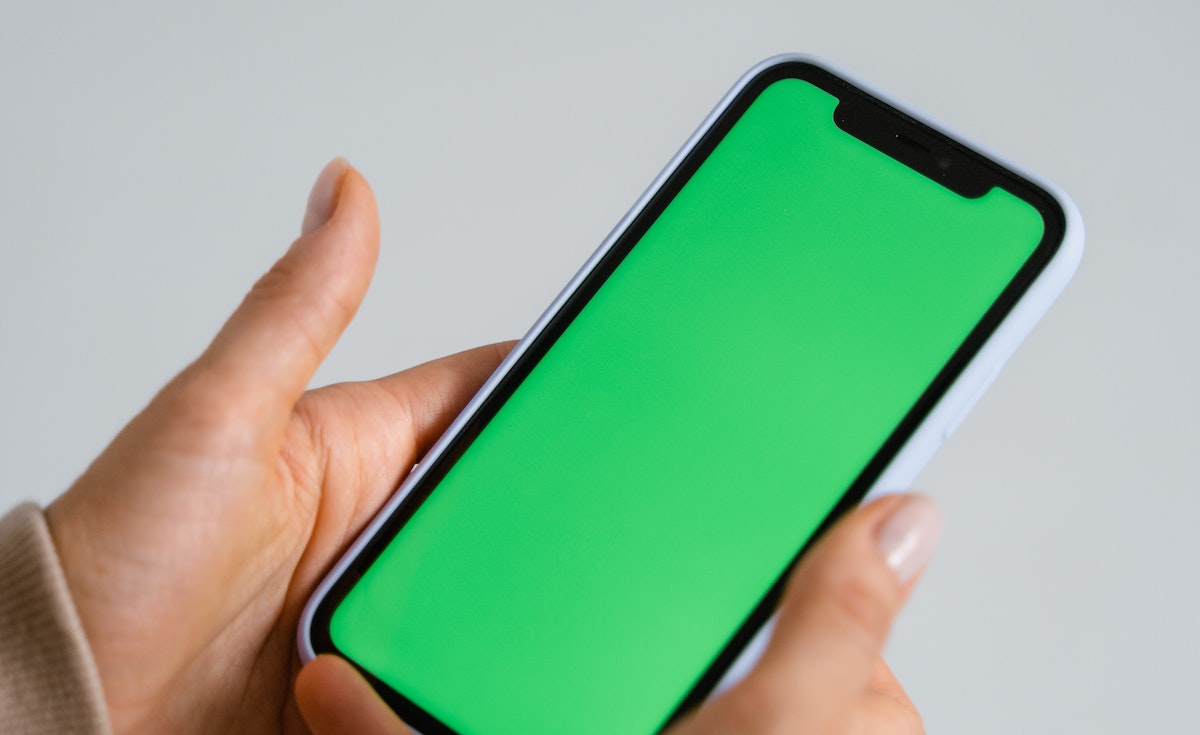
WhatsApp Best Practices
On March 10th, 1876, a man accidentally spilled battery acid on his desk while conducting an experiment. In panic he called out to his assistant in another room, uttering the words, “Mr. Watson, come here. I need you.” (Despite planning to use Shakespeare’s “To be or not to be, that is the question!” for the test transmission, the accident changed its course.) The rest is history! The words marked the first transmission over the first telephone by its inventor, Alexander Graham Bell. Since then, the evolution of communication has been remarkable, with innovations such as smartphones, SMS, and VoIP technology emerging and surpassing his initial invention. Speaking of VoIP, one prime example of its reach is WhatsApp, boasting 2.78 billion global users in the year 2023. If you are one of the two billion users, I assure you that the best practices I’ve outlined below are eye-openers deserving your time and attention.
Keeping Read Receipts active for better Communication
Online privacy is an important concern, but our efforts to protect our privacy can sometimes cost us our productivity. Disabling read receipts in WhatsApp can hurt communication in two ways. Firstly, if I send a message to someone who has turned off read receipts, I won’t know whether they have seen my message or not. This leaves me in the communication limbo. Secondly, when you disable read receipts for incoming messages, WhatsApp also disables them for your outgoing messages. This implies that you won’t know if the person you’ve sent the message to has seen it or not. Additionally, turning off read receipts affects all of your contacts; you can’t choose specific contacts for this setting. While this might appear unfair, it’s the current situation. In simple terms, you’re free to turn off read receipts, but please don’t cry through the nose when you are unable to see whether others have seen your messages.
Enabling Disappearing Messages for specific Contacts
In Sri Lanka, we are guilty of “රැල්ලට යාම” (“rellata yama” – Sinhalese slang for “following the crowd”) Meta introduced the disappearing messages feature on WhatsApp as a response to Snapchat’s competition. However, this feature can impede effective communication if not used cautiously. A while back, a photographer I hired shared samples of his work on WhatsApp. As is common, I checked the messages at my convenience. By that time, he was on vacation, and he had set the messages to disappear. Consequently, I couldn’t save them to my phone. I remained optimistic and searched online. I discovered I could download them using WhatsApp for macOS. Sadly, 24 hours had already passed, and the images were lost permanently. My intention is not to discourage the use of disappearing messages, but to advocate for thoughtful usage. Enable this feature only for specific contacts. Not all contacts.
Reviewing people that can add you to WhatsApp Groups
One of the features I loved about WhatsApp was the ability to have control over who could add me to groups, preventing any unauthorized inclusions. When enabled I receive invitations to join groups instead of being added automatically. This was especially valuable in safeguarding myself from WhatsApp created to distribute malware. Even though this specific feature is no longer present in the latest version of WhatsApp, I still have the ability to manage group additions by setting restrictions on who can add me—choosing from options like “Everyone,” “My contacts,” or “My contacts except…”. I have excluded all 343 of my contacts. Hence nobody can add me to groups unless I accept the invitation. Although excluding new contacts might be a slight inconvenience, I willingly accept it to ensure a higher level of security.
Enabling two-factor authentication for improved Security
WhatsApp has several strong security features built-in. These include methods like using a PIN, fingerprint, or facial recognition, depending on whether you’re using an Android or iOS device. But what if you become a target of a SIM-swapping attack? This is where Two Factor Authentication (2FA) becomes important. With 2FA, whenever you reinstall WhatsApp, you’ll need to enter a 6-digit PIN that you created when you activated 2FA. If you ever forget this PIN, you can reset it using your email address provided during the setup process. Think of it like this: Imagine someone steals your ATM card, but they can’t withdraw money because they don’t know your ATM PIN. 2FA works similarly. Your WhatsApp password is like your ATM card, and the 2FA PIN is like your ATM PIN. It adds an extra layer of protection to ensure that even if someone gets your password, they can’t access your account without the 2FA PIN.
Conclusion
In summary, effective communication via WhatsApp relies on thoughtful practices that enhance both transparency and security. Enabling read receipts fosters clarity by indicating message status, while deploying disappearing messages selectively ensure privacy without losing important information. WhatsApp group invitations empower users to tailor their engagement and maintain security. Implementing Two two-factor authentication provides an essential layer of safeguarding, bolstering account security against unauthorized access. These practices collectively promote a more meaningful and secure WhatsApp experience, aligning with the ever-evolving landscape of digital interactions. As technology continues to advance, embracing these practices becomes vital for maintaining the integrity and efficiency of our overall WhatsApp experience.
If you found this content helpful, I kindly ask you to leave your feedback in the comments section below. Sharing it on social media would also be greatly appreciated. In order to promote meaningful and respectful dialogue, I request that you use your full name when commenting. Please note that any comments containing profanity, name-calling, or a disrespectful tone will be deleted. Thank you for your understanding and participation.




